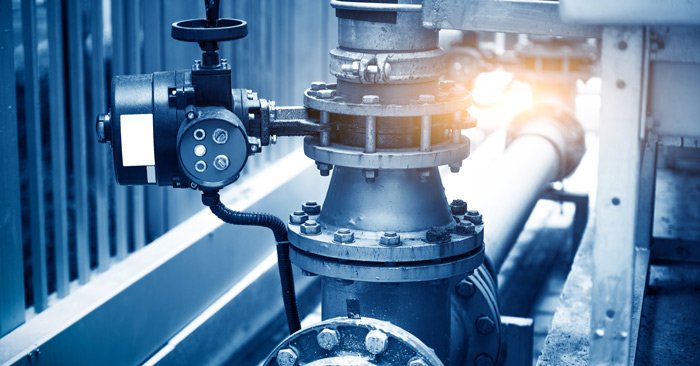The utilities sector has long been a pioneer when it comes to technology adoption, but recent developments in network connectivity and sensors have opened up a whole new world of opportunities. At the Integrated Transport Electricity Gas Research Laboratory (InTEGReL) we are exploring all of these opportunities, and within this environment my team at Invisible Systems is working with Northern Gas Networks on the development of a low-cost universal data capture device linked to sensors monitoring a variety of conditions across multiple gas, water and electricity networks.
Our sensors are a core part of the work at InTEGReL. Dotted around the 15-acre InTEGReL site, they are monitoring a range of conditions from network pressure to environmental data, including temperature, humidity and CO2 levels. These sensors transmit that data in real time to our centralised dashboard. From there the team keep track of the various metrics and can quickly identify and react to changes. Additionally, if pre-determined data thresholds are breached, real-time alerts are triggered and notifications are sent via text, email or in some cases, voice calls.
MULTI-FUNCTIONAL SENSORS DRIVE CARBON REDUCTION AND EFFICIENCY GAINS
As with all the research that's being conducted at InTEGReL, the objective is to identify more efficient, more cost effective, more sustainable ways of managing and maintaining utility networks. Together with Northern Gas Networks we are developing a low-cost universal data capture device that is capable of monitoring a variety of conditions across a range of gas, electricity, water and transport networks.
The data capture device's first application is likely to be on the Northern Gas Networks' pipelines to detect water ingress in gas pipes. Due to the subsurface nature of the gas network, the pipes can experience water ingress due to issues with local water utilities or flooding events. If this water builds up it can interrupt supply to gas customers and can require extensive work to restore the service.
Siphons installed across the pipe network collect this water and engineers need to routinely drive to site to check the levels. Expensive and inefficient, this method also increases a utility's carbon footprint, something all are actively trying to reduce. Our sensors will be capable of proactively monitoring the water levels and notifying engineers if and when it reaches a critical level. This would not only eliminate the need for regular visit-to-site checks, it would enhance the overall efficiencies across the gas network ",reduce the power requirements per installation," and therefore require smaller and fewer batteries, thereby helping reduce the carbon footprint of Northern Gas Networks and improve the service to customers.
LPWA NETWORK CRUCIAL TO DATA FLOW
While sensors that collect and transmit data are already being used by some utility companies, the introduction of narrowband IoT (NB-IoT) or a Low Power Wide Area (LPWA) network has made installing and maintaining them across an entire utility’s region a more viable option thanks to the lower cost of the devices, the increased range of the sensors and the potential to use long-life batteries.
Crucially an LPWA network also enhances the flow of data from the sensors; through an embedded SIM the devices can talk directly to our servers in real time, forgoing the need to deploy gateways as intermediary data collection and transmission points. The LPWA network, installed by Three UK at the InTEGReL site, plays a key role by allowing us to observe and showcase the tangible benefits our sensors and the associated data can deliver to utility companies.
Pete Thompson is the founder and CEO of Invisible Systems and works with utilities to create a more efficient and cost effective networks. Learn more about how InTEGReL is enabling digital transformation and the 2050 net-zero target.


